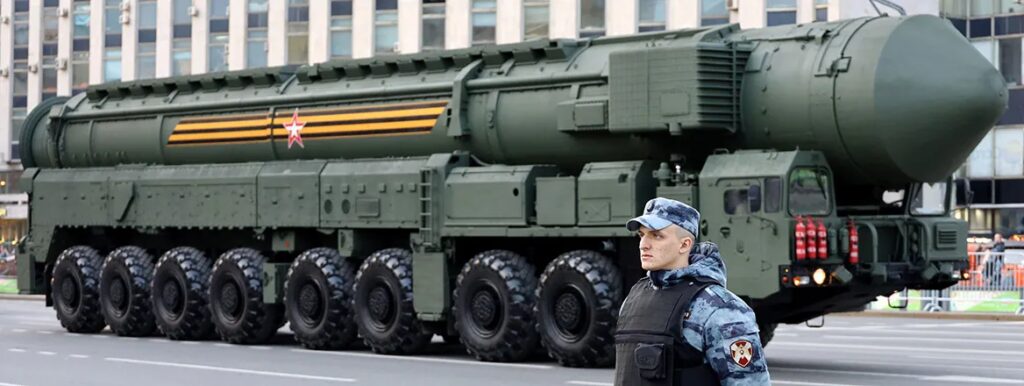This War Still Presents Nuclear Risks – Especially in Relation to Crimea

As Russia’s offensive in Ukraine stalls, there is a real risk that it could escalate its nuclear threats if faced with the potential loss of Crimea.
Explaining Nuclear Peace
The Cold War saw many armed interventions by the two superpowers – by the Soviet Union in Eastern Europe, Africa and Afghanistan, and by the US in Korea and Indochina. The frequency of such interventions increased after 1990, with wars fought by the US in Serbia, Afghanistan, Iraq, Libya and Syria, and by Russia in Georgia, Ukraine and (other parts of) Syria. In several cases, one of these powers sought to undermine the other through arming its military opponents, often on a considerable scale. But none of these wars saw direct conflict between their armed forces. This is one of the main reasons why no nuclear weapon has been used since August 1945.








